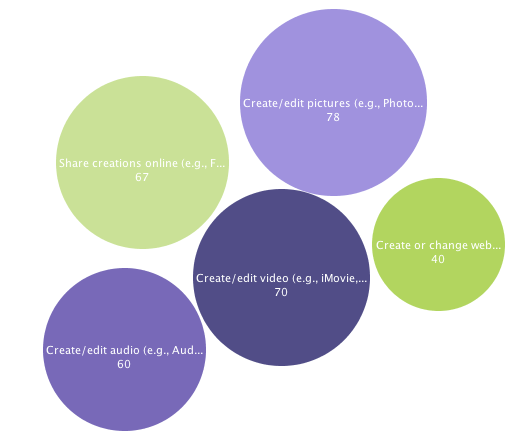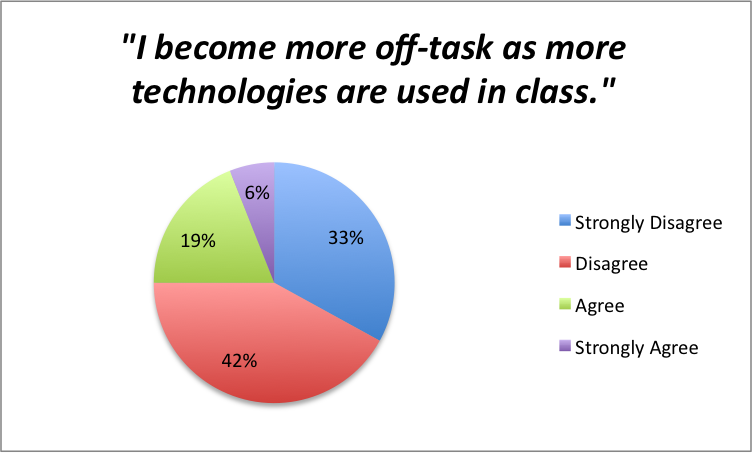How mentoring puts the “ed” into “edtech” – my SXSWedu presentation
I’m very fortunate to be joining 12 other amazing women in a panel session at SXSWedu. The EdTech Women’s organization sponsored this session, in which members applied to present. The session, “Lightning Talk Series – At The Helm: Women’s Impact in EdTech” is described at the EdTech Women blog.
My talk is entitled How mentoring puts the “Ed” in “EdTech.”
I will share the stories of four amazing graduates (Ph.D. and M.Ed.) from the Learning Technologies program. These edtech professionals put the “ed” into “edtech,” and I was fortunate enough to mentor them. The moral of my talk is:
- Mentor.
- Put the “ed” into “edtech.”
- …to Change education.
Mentor as many people as you can, especially individuals who are underrepresented in the educational technology fields. Prioritize education in edtech – and if you don’t know how, seek out experts and help from those with educational backgrounds.
Students’ perspectives on technology and distraction
In this data snippet, we explore how technology integration impacts middle school students’ learning and behavior from the students’ perspectives. The students were asked to provide their level of agreement or disagreement with the following statement: “I become more off-task as more technologies are used in class.”
Two hundred eight students were asked this question at Porter MS. As can be seen, a large portion of students (75%) either disagreed or strongly disagreed that the use of technology causes them to become off-task. A quarter of the students surveyed agreed or strongly agreed that their off-task behavior did increase as more technologies were used.
Students Use of Creative Technologies
 In our study, middle school students were asked which types of technologies they participated in at home, school or some other location. The specific technologies they were asked about were divided into four main categories: Communication, Productivity, Web-based and Creative. This bubble chart shows that students are creating and sharing with technologies in a variety of ways.
In our study, middle school students were asked which types of technologies they participated in at home, school or some other location. The specific technologies they were asked about were divided into four main categories: Communication, Productivity, Web-based and Creative. This bubble chart shows that students are creating and sharing with technologies in a variety of ways.
